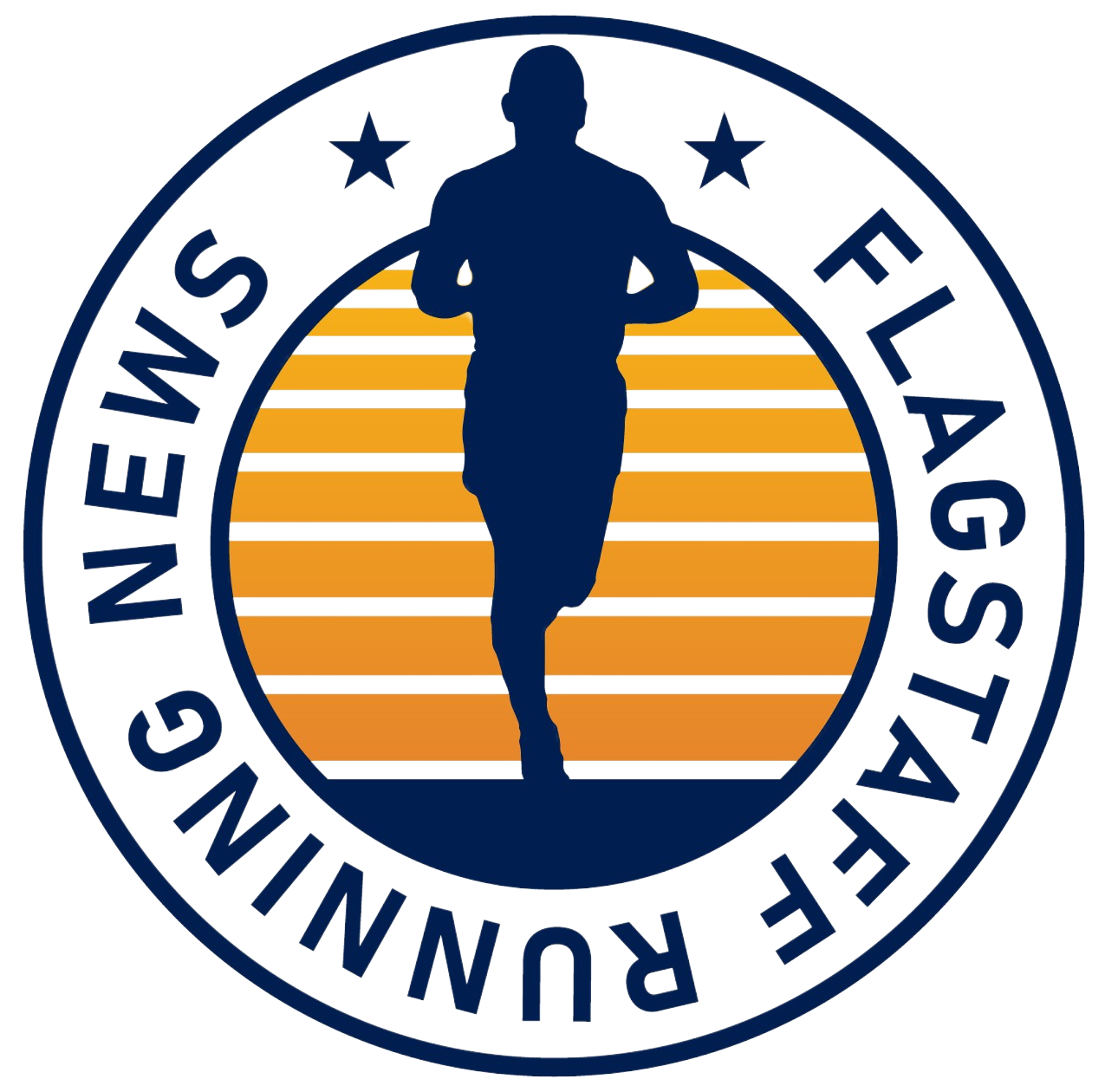So, like more than a few Flagstaffians, you awoke early on June 1, logged on and signed up for the Imogene Pass Run, the 17.1-mile high-elevation trek through Colorado’s lofty San Juan Mountains, from Ouray to Telluride.
Congratulations.
Now start training. Sept. 7 is quickly approaching.
If you’re new to the race, yet to sample Imogene’s many charms, you may be asking: What have I gotten myself into, and how can I survive?
If you’re an Imogene veteran, knowing how cruel Imogene can be, you may be asking: How can I improve my time, or maybe keep from going hypoxic on the 13,120-foot summit, or improve my form on the technical, quad-crushing downhill?
We’re here to help.
Well, not me. Leah Rosenfeld, I mean.
You may know Rosenfeld as one of Flagstaff’s passel of elites who stalk the trails and roads around town like so many speedy pronghorns in Hart Prairie. She is an elite coach with a thriving online business at V.02 and a certified iFIT trainer, as well as an assistant coach with Run Flagstaff.
Most important, for our purpose here, Rosenfeld knows Imogene intimately. She won the damn race in 2021 in 2 hours 52 minutes 47 seconds. She’s somebody to listen to.
And it just so happens that Rosenfeld has developed four specific Imogene training plans geared toward both newbies and intermediate runners looking for guidance in handling 10 miles of jeep road uphill and 7 miles of technical downhill – all at elevations higher than even our beloved Flagstaff.
All are 10-week training plans. Cost: $129.

In a moment, we’ll turn over this space to Rosenfeld – with some minor editing and context-providing – and let her explain the general overview of the plans (sorry, if you want specifics, fork over the bucks to her) and how training for Imogene differs from other trail-race challenges.
But first, we want to add that Rosenfeld, and other trail coaches, say you don’t have to be a true uber-mileage mountain goat like Jeff Browning or Sarah Ostraszewski to run (and race) Imogene. In fact, if your goal is to finish and not try for fleeting age-group glory, Rosenfeld said you can accomplish it with as little as 30 miles per week, providing you get the long-run vertical workout in each week.
The most advanced plan (Rosenfeld dubs it “training experiences” because, well, Imogene is quite an experience) calls for five days a week of running, between 33 to 50 miles per week. Sounds doable, right? Yes, but there’s vert involved. Like, 2,000 to 4,000 feet of it. But you build up gradually, she promises, so that by first Saturday after Labor Day when you take off from Ouray, you’ll be ready.
Also, Rosenfeld said she’s working on a “podium” plan hard-core types. In addition, all plans feature videos of Leah demonstrating pre- and post-run active isolated stretching and static stretching. For the podium plan, check back soon on her website.
So, now, we turn it over to Leah:
“The runners who run Imogene are all ages. There are a lot of people in their 30s, 40s, 50s, 60s and even 70s and a couple in their 80s, so I’ve found that the combination of trail running at altitude and time on feet matter. It’s (based) a lot on time, but they aren’t always covering a lot of mileage.
“(The plans) were based off one of the women I’ve coached previously who was running Imogene, and a woman this year who asked me to write her a training plan. And I was like, let’s keep the mileage on the lower side. It’s four days a week (for beginners, 5 for intermediate). Easy runs start at 4 miles and go up to 6 miles. For each run, it’s a range. If I say four miles, it’s 3 to 5. If I say 5 it’s 4 to 6. Long runs start out as short as 6 miles. If you’re running, say, 10 to 12-minute pace, that’s still like a 60 to 70-minute run to start.
“Throughout the training, there’s three main, well, what I like to call Imogene Primers. It’s a long run intentional and dedicated to practicing fueling, hydrating and getting in 2,000 to 4,000 feet of elevation gain on average. (Long runs for beginners range from 8 to 14 miles; for intermediate, 10 to 17.1.)
“For the Flagstaff editions, I’ll specify runs. The first primer is 8 to 10 miles and I have suggestions. For the first one, aim for at least 2,000 feet of elevation gain and we’ll increase that over the course of training. I give them a recommendation and options. The first recommendation is Mount Elden Lookout Road, out and back. I write: focus on maintaining a steady consistent effort, whether you run the entire way or hike some, just keep moving. I give them tips to focus on their breath and keeping their effort steady. I don’t go off of pace on these runs, because it’s a mountain race. I give them tips on how to feel their breath and feel certain efforts.
“But they have choices. You can do Mt. Elden Lookout Road, or Schultz Pass Road from the Y up to the waterline, out and back. O’Leary Peak. …”
As for the Imogene downhill training?
“It’ be definitely important for runners to get on that kind of (technical) terrain. Humphreys trail is great. Mt. Elden Outlook Trail, going down that. If someone on a training run could go up Elden Lookout Road and down Elden Lookout Trail, that’s a good mimic. The longest one on the beginner plan ranged from 12 to 14 miles. If you’re running 12-plus minute pace, that’s going to take almost three hours. On one of the Schulz Pass Road ones, I write, make an intentional effort to run the last five to seven miles quicker. A faster downhill effort is needed.
“Rob Krar used to coach me, and he helped learn that, when you’re going downhill, lean forward just one degree to move your center of gravity forward. That helps pull you down the hill and not brake. There are a couple long runs where there are detailed notes on downhill.”
As for uphill training?
“They naturally will get that (in Flagstaff) with some of their easy runs, but I also have the first three workouts that are intentionally hill workouts that go from 30-second pickups uphill to up to 90 seconds and then longer ones, two to three minutes.”
As for her general thoughts on training for Imogene, based on her experience from 2021:
“Honestly, from my experience at Imogene, I’d say I’ve noticed that it’s really easy to overtrain for it and get too tired(before) it. It seems like this really hard, massive mountain race, which it is, but for runners who are overly intense about getting in elevation and mileage and running mountain workouts all the time, sometimes they get a little flat and don’t feel well on race day.
“The year that I won, I was coming off of track fitness, so I was super fit. I had done some mountain running that year but not a lot. I did a lot of tai chi, meditation and breathwork. Maybe I’ll put that in the plan someday. That helped a lot. When you’re up that high in elevation, you want your body to be so efficient at taking in oxygen and moving it through your body. It’s about circulating your joints and making sure you’re able to take deep breaths properly. Those little things go a long way.”


Leave a Reply